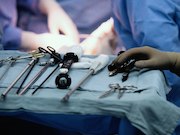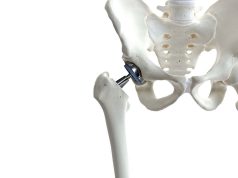Severe complication rate 5.6 percent, with no 90-day mortalities
TUESDAY, Sept. 19, 2017 (HealthDay News) — For patients undergoing liver surgery, extended pharmacologic thromboprophylaxis appears effective and safe, according to a study published online Aug. 28 in the Journal of Thrombosis and Haemostasis.
Bradford J. Kim, M.D., M.H.S., from the University of Texas MD Anderson Cancer Center in Houston, and colleagues examined the safety and efficacy of extended pharmacologic thromboprophylaxis in liver surgery for prevention of venous thromboembolism (VTE). A total of 124 patients who underwent liver resection for malignancy were placed on an extended pharmacologic thromboprophylaxis protocol. After discharge from the hospital, 91.1 percent of patients continued anticoagulant thromboprophylaxis to complete a course of 14 days after minor/minimally invasive hepatectomy or 28 days after major hepatectomy or VTE history.
The researchers found that the rates of intraoperative, postoperative, and overall transfusion were 5.6, 8.1, and 10.5 percent, respectively. For 32.3 and 67.7 percent of patients, pharmacologic thromoprophylaxis was started on postoperative day (POD) 0 and POD 1, respectively. No postoperative symptomatic deep vein thrombosis or pulmonary embolic events were diagnosed during 90 days of follow-up. No pulmonary emboli, other thoracic, splanchnic, or ileofemoral vein thromboses were identified in standard protocol computed tomography scans of the chest/abdomen/pelvis that were obtained from 90.3 percent of patients. Two patients (1.6 percent) had minor bleeding events, and the severe complication rate was 5.6 percent, with no 90-day mortalities.
“These preliminary data suggest that extended pharmacologic thromboprophylaxis for liver surgery patients is safe and effective,” the authors write.
Copyright © 2017 HealthDay. All rights reserved.








